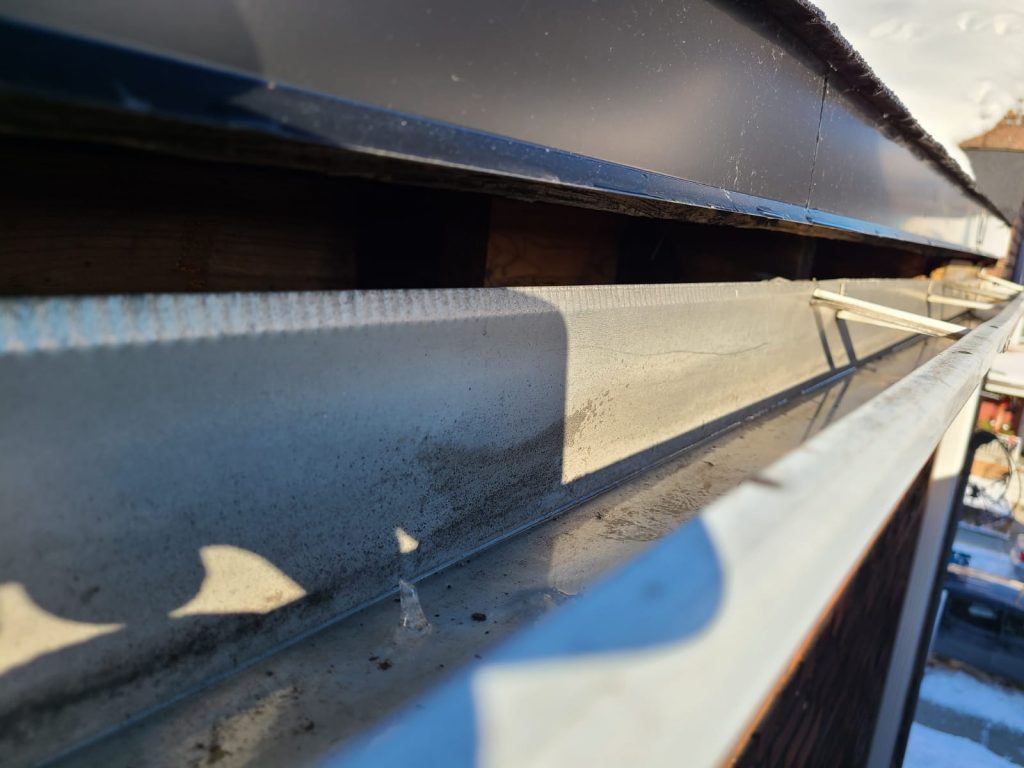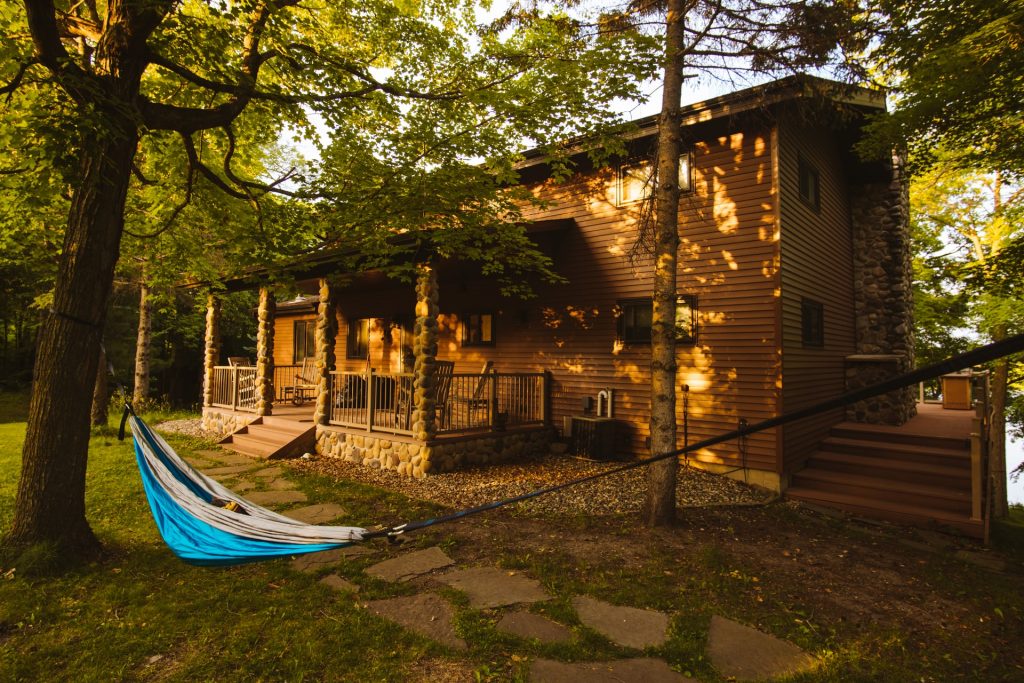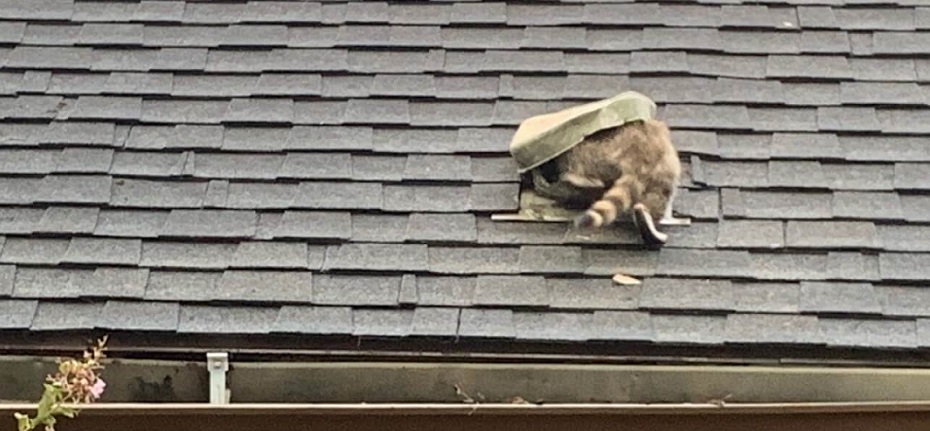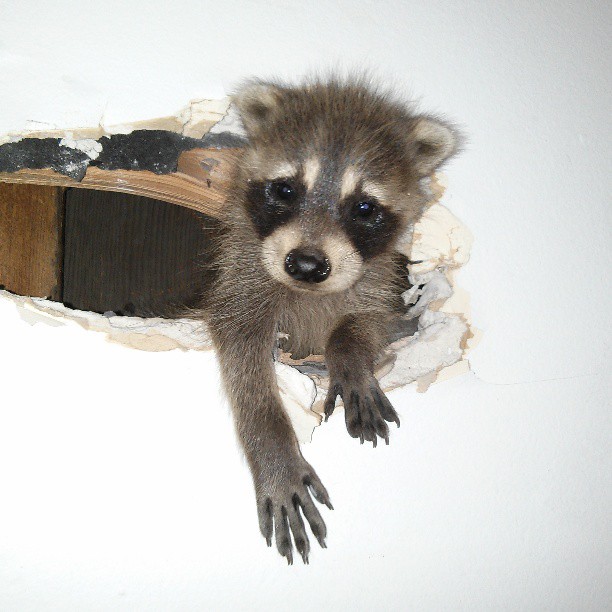Canada has experienced record population growth of over one million people from January 1, 2022, to January 1, 2023. This 2.7% growth rate is the highest Canada has experienced since 1957. This level of growth necessitates the development of new housing, roads, and potentially new schools and hospitals, along with opportunities for new businesses to pop up to support the added population.
Unfortunately, when humans expand, we expand into areas inhabited by wildlife. As new neighborhoods go up, trees that are sources of housing for raccoons, squirrels, and more come down. New roads cut wildlife off from their usual travel routes to and from food and water sources. We tend to think these animals will simply move out of our way. But, they learn quickly to look toward us as their next best sources for the food, water, and shelter they need to survive and thrive. And this creates the need for wildlife exclusion.
When working toward minimizing the amount of damage wildlife can create when living amongst people in residential and commercial areas, wildlife exclusion refers to the process of reducing their access to our properties. Wildlife exclusion is a prevention method that can be put in use either to diminish the chance of a wildlife invasion or after wildlife has been removed to minimize the chances it happens again.
Wildlife exclusion is the humane way to wildlife-proof one’s property. It emphasizes prevention while employing non-lethal, non-toxic, and non-invasive ways to control wildlife.

The importance of using preventive tactics is to minimize the damage wildlife creates when setting up residence in a yard or in a home. Damage that can not only be costly, but is most likely not covered by insurance because they deem it preventable.
Without exclusion methods, a home is vulnerable to:
- Rodents such as mice and rats that gnaw wood and floorboards, chew on electrical wires, soil insulation, and contaminate food with the feces and urine they leave in pantries, drawers, and on counters.
- Raccoons will tear a hole in a roof to gain entry. Once inside an attic, it will tear up insulation and use a section of the attic as its latrine.
- Backyard animals such as skunks, opossums, and chipmunks will create a den under a porch, deck or shed, or dig tunnels beneath the lawn. These activities can damage foundations, uproot pathways, and damage electrical wires or pipes coming into a home. These animals will also dig up plantings and damage trees and shrubs.
Critter Control’s approach to wildlife inclusion is to humanely and as gently as possible remove the offending animal(s) and use environmentally-friendly methods to keep them from returning. The goal is to make a home and surrounding property less attractive and less accessible to wildlife.
Critter Control’s Humane and Expert Approach to Wildlife Exclusion
Since its inception in 1983, Critter Control has been dedicated to humane wildlife exclusion by using innovative, integrated methods to provide family and environmentally friendly ways to keep critters away. Each situation is unique, so we work with customers to create a plan to exclude or remove and then exclude wildlife. This minimizes the risk of future infestations and costly repairs to the damage they create. Anyone’s home is susceptible to nuisance wildlife problems. Wildlife exclusion is one homeowner maintenance task taken off your plate.
Don’t wait until wildlife makes your home theirs; find a Critter Control near and let us create a plan to give you peace of mind.
Expertise in Wildlife Exclusion
Wildlife exclusion is the best long-term approach for wildlife control. Our technicians can quickly identify an animal infestation during a inspection and provide you with exclusion techniques.
Exclusions We Install
- Chimney caps that prevent wildlife from nesting or falling inside
- Sealing entry points in roof, soffit, and fascia spaces and intersections
- Plumbing, roof, and oven and bathroom exhaust vent covers to keep animals out
- Repairing and reinforcing holes in house siding
- Installing durable rat walls around the base of porches and decks
- Removal of tree limbs overhanging the roof that provides animals with easy access
- Installing exclusion architecture to keep birds from roosting
Humane methods for wildlife exclusion are beneficial in many ways. For example, many DIY products are harmful to both people and animals. And because many animals are part of their own communities, it further upsets the balance of nature when they are harmed or relocated to areas where they should not be. Humane exclusion works because most animals are adaptive, and when one area becomes inhospitable to them, they will move on to what they perceive as a better and easier location. The wildlife around us are as much a part of our ecosystem as we are and deserve to be treated with care and respect.
The specialists at Critter Control Canada have the experience and training to get the job done quickly and efficiently. As much as we think the animals around us are clever and resourceful, we beat them hands down. Our technicians receive continual training throughout their tenure. Their learning and experience combined provides customers with the assurance that whatever wildlife problem they have will be solved.
The wildlife we live amongst are more clever and opportunistic than we imagine. Without the right solution, they will learn to overcome it. Critter control developed an internal credentialing system. Technicians that pass the rigorous training are given the designation of certified wildlife specialists. It’s our way of supporting and encouraging our staff to excel in their work. And, Once a Critter Control certified technician’s work is complete, all customers enjoy an animal exclusion guarantee.
Critter Control Canada is a leader in wildlife control and wildlife exclusion throughout Canada, taking the stress off of families and animals when urban and suburban living brings the two too close for comfort. Make us your go-to wildlife removal company for expert and humane removal, exclusion, and repair.


